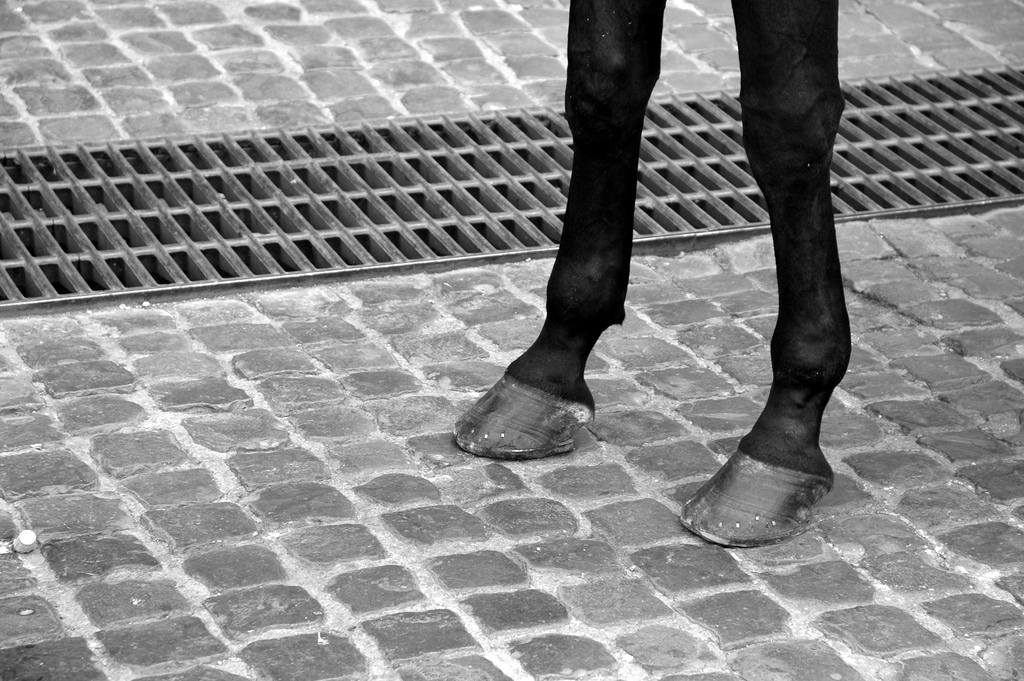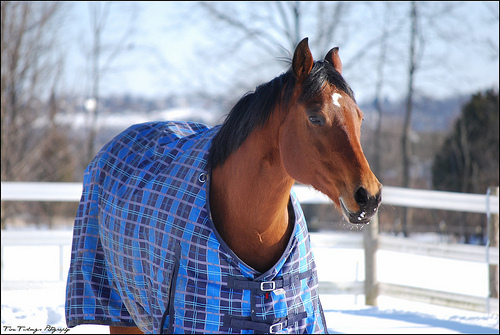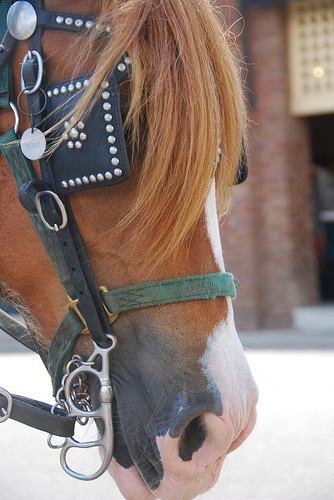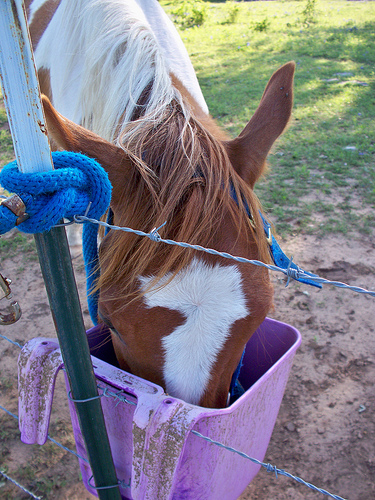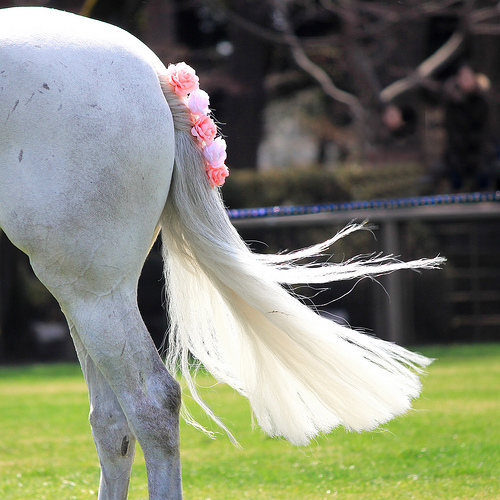“No hoof, no horse!”- Arabic Saying
Hoof care is essential since untended, untrimmed hooves can lead to poor balance, lameness, decrease in the horse’s stride, and in cases of long term neglect, permanent damage to the hoof structure.
Some millions of years ago, horses evolved in semi-arid climates, where they needed to travel extensively. As the wild horses ran loose over rugged terrain, their hooves adapted to wherever they roamed and consequently their hooves became tough and resistant to abrasion.
Unfortunately, today’s domestic equines are often kept in confined areas and hence, their hooves do not naturally develop that toughness or resistance to abrasion. As a result, the hooves often get deformed, or grow unevenly, thus leading to different types of lameness.
So while planning hoof care program for your horse, you might want to consider the following points.
#1: Horse Boots
For proper hoof care, you need to have a pair of horse boots for your equine friend. They can protect the hooves from damage, particularly when you are working or riding the horse. A great alternative to metal shoes, they can also be a great aid while training your horse to walk barefoot. With these specially designed boots, the barefoot transition period becomes easier. Moreover, horse boots are also helpful if your horse suffer from conditions like laminitis.
Make sure that the boots you buy fit very well and are comfortable enough for long time wear.
#2: Hoof Pick
Hoof Pick is a ‘must-have’ item in your horse-grooming kit. Basically, it is a specialized tool which aids to remove debris that might be lodged underneath the hooves, particularly between the ‘frog’ or the fleshy portion and the interior hoof wall. By picking their hooves regularly, you can remove stones that can otherwise result in bruising. Plus, you can check for cracks and splits. If you see your horse is reluctant to cooperate with you, or is behaving curiously while you pick its hooves, then most likely there is something wrong with the hoof health.
#3: Clippers
Horses should also have their hooves trimmed regularly. Otherwise your horse’s hooves can grow too long, resulting in hoof chipping, splitting, cracking and in extreme cases, lameness. For proper trimming, you need to arm yourself with proper equipment, clippers being most important. Look for a clipper that suits your needs and budget best.
#4: Hoof Abscess
Hooves, if left uncared for, can lead to a number of serious conditions like hoof abscess. While early detection can minimize the effect of abscess, if left unattended, the infection can spread to the hoof wall and beyond the coronary band, thus destroying the sensitive structures within the foot. Though hoof abscess can well be treated at home, it is best to let the vet do the initial treatment. You can conduct the follow-up treatment as per the vet’s suggestions.
#5: Hoof Health
Given that the hooves are the very foundation of the horse, it often remains the most misunderstood / overlooked part of their anatomy. For optimum hoof health, you should know what a healthy frog sole, bars and wall look like. Also, look for the indications that tell if the hooves are actually ‘healthy’. Check for bruises, thrush and seedy toes among others, and consult your vet as and when necessary.
Last but not the least, you should also keep in mind that the foods you feed your horse also play an important role in optimal hoof care. In fact, horses which are not well-fed, or suffer from protein deficiency often suffer from poor hoof growth. So while caring for your horse’s hooves, make sure that you take care of its diet as well.
To your horse’s health.
